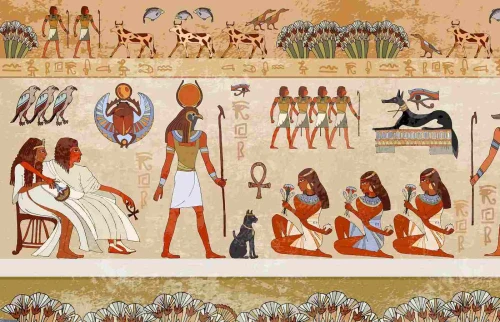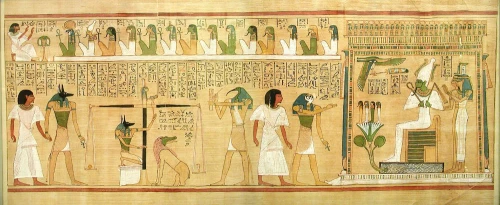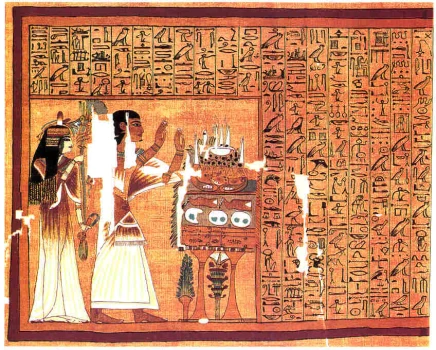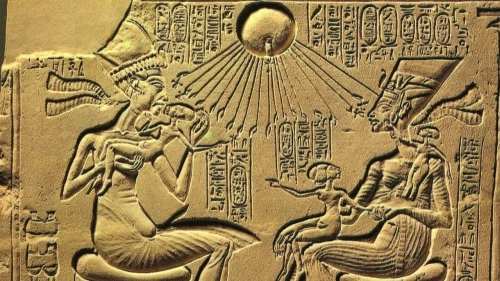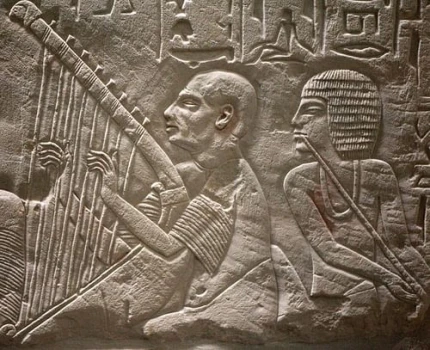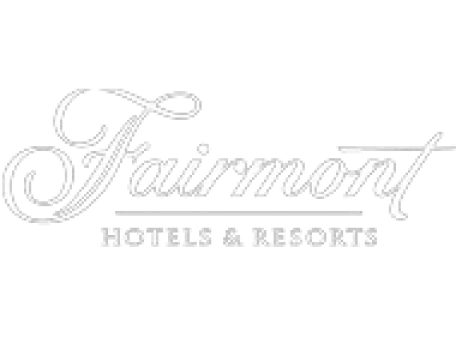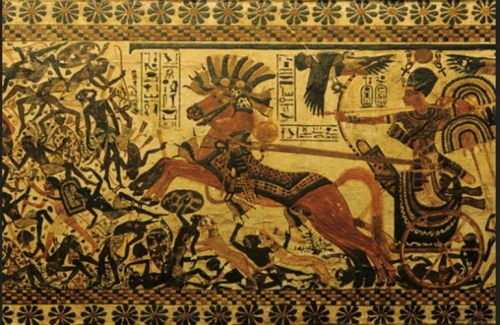
HYKSOS Foreign invaders who ruled in Egypt's northern Delta after the Middle Kingdom during the Second Intermediate period (1650 - 1550 B.C) and introduced their mythology and religion to the area. Many references to the foreign god Set show that his cult was well established in the Delta and that Set was the patron god of the Hyksos capital, Avaris. The cult of Set seems to have been a blend of an early god in Heliopolis and the Syrian storm god Baal. Because Egyptian religion was polytheistic, accepting many gods, it was not a problem for the Hyksos gods Set and Astarte to be accepted into the Egyptian pantheon.
Because of his violent nature Set was viewed as a god of chaos, but there were devoted followers of Set, and the pharaoh Seti I was one of them. The identity of the Hyksos foreign kings remains a mystery today. The name Hyksos is the Greek version of the Egyptian hekau khasut, meaning rulers of foreign countries. They were sometimes called aamu or Asiatic the name Egyptians gave anyone from western Asia and the Christian historian Sextus Julius Africanus (A.D 160 - 240) called them Shepard Kings. Whatever the origin of the Hyksos, it is clear from modern excavations that there was a thriving, large, international community in the Delta when the Hyksos ruled. The Hyksos capital, Avaris, is modern Tell el Daba in the eastern Delta.
Excavators have found Minoan-style frescoes (wall paintings) in the royal palace, Canaanite-style temples, pottery from Syria and Palestine, and Egyptian-style scarabs decorated with scroll designs. While the Egyptians resented having foreign kings ruling in the Delta, the Hyksos were in many ways, innovators. They not only brought their gods, but they also introduced the horse and chariot to Egypt and an improved bow, all of which were readily adopted by the Egyptians when the Hyksos were expelled.
 English
English
 Spain
Spain
